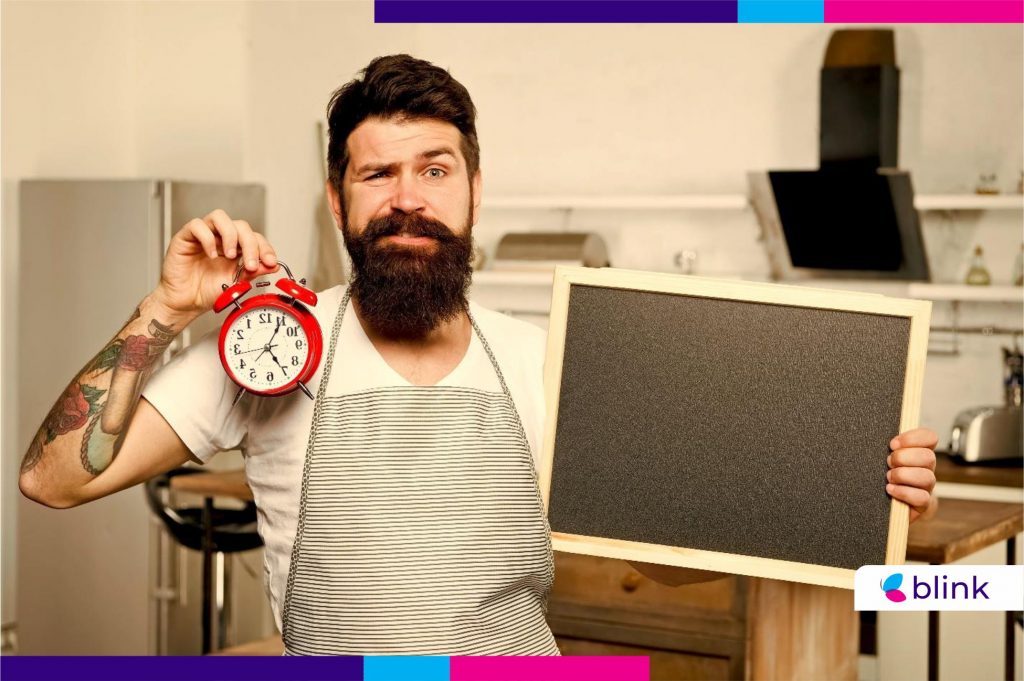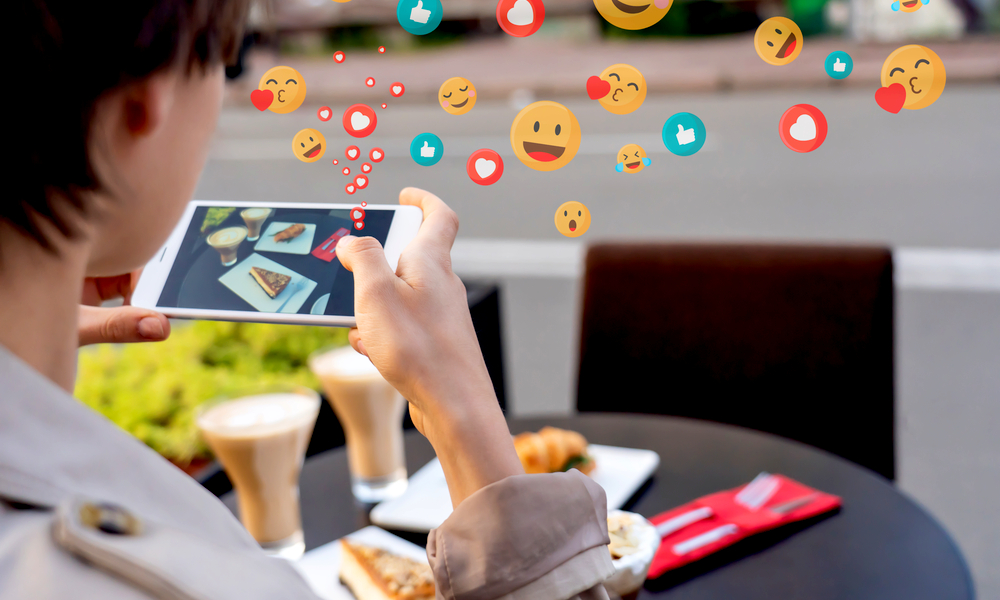Restaurant marketing automation has redefined the modus operandi for tons of F&B businesses from all over. Beyond, the obvious time-saving factor, we are looking at targeted conversions with minimal loss, higher efficiency, smart use of all kinds of marketing data, and vice versa.
In other words, businesses are scaling faster alongside a higher effort to success ratio as compared to what we had a few decades ago in the industry.
This post highlights different aspects of restaurant marketing automation for new and old food business owners. We’ll talk about how restaurants build a rock-solid consumer base through automated marketing tools, efficient use of customer data, and many other variants, which eventually help in better conversion.
Above all, restaurant marketing automation is a great way of building upon customer loyalty, and the business’s reputation itself. How so? We will get to it in a bit. For starters, let’s see what marketing automation for food business owners is all about:
What is Restaurant Marketing Automation for New F&B Business Owners?
Restaurant marketing automation is the combination of software technology and smart tools that help to send the right message to the right customers at the right time! The result is better to lead conversion, loyal customers, and ad-money well spent on targeted marketing campaigns with data-driven results.
In other words, business owners put highly effective automated marketing tools to use for converting customers into loyal food-loving denizens.
A common example of one such automated solution is restaurant email marketing. Food operators can easily create a customized email template to address only those people who frequent the establishment more often. The email can offer some sort of special discount deal to these “big spenders”, or apply loyalty points to such customers’ accounts to help them bring in more referrals as part of the incentive.
That’s just one example. There’s a lot more to automated restaurant marketing where the above info came from.
5 Top Restaurant Marketing Automation Solutions for Your Business:
Here are some of the most common examples of automated restaurant marketing tools from all over the F&B industry.
For new restaurant business owners, we recommend getting in touch with a vendor who can provide these tools as part of the online food delivery services package.
Many vendors charge a specific percentage applied on each incoming order to your online food business platform, but as a startup, we don’t recommend signing the contract with such companies. It doesn’t mean that the aggregator company is not safe to do business with. Since these vendors usually have a high fee bracket, it is relatively harder for food startups to keep up with the cost of doing business.
You are better off with companies that provide services as per monthly subscription packages. For instance, Blink Co has a fantastic payments program for all sorts of retailers and food businesses, where there are plenty of technology-centric tools available for a nominal fee at the end of each month. We charge an all-time low percentage (2% – 2.5%) to accommodate all sorts of operators
Some of the key highlights of signing up for a Blink Co restaurant account are stated below:
- Efficient online restaurant menu creator
- White-labeled mobile and desktop websites for your restaurant
- Visually optimized pages with CTAs that improve conversions
- Customer data analytics dashboard to market your restaurant services
- Pos module integration with flexible payment options for online food ordering customers
Food business customers also have access to robust customer support at Blink’s end. If you find yourself stuck around with an online food menu creator, marketing campaigns, order delivery status issues, or anything technical, feel free to reach out to the company’s rep anytime!
Moving on, have a look at the best restaurant marketing automation tools & solutions in the F&B industry right now:
1. User Review System:
For any restaurant, customer reviews play a key role in bringing in more referrals.
On that note, when positive restaurant customer reviews are abundant, you are looking at easy business scalability and an overall powerful brand reputation.
Restaurants use online reputation management software to keep tabs on reviews that are posted on other websites. Likewise, there are in-built systems that integrate a review box on different high-value web pages where customers can not only post their reviews, but it is relatively easier for new users to go through that feedback.
Either way, reviews are a great way for restaurants to further improve their services and take action on anything that’s lacking at the service end.
2. Restaurant Loyalty Programs:
Loyalty programs are part of the restaurant marketing automation staple. They offer several incentives to existing customers while having the potential of scaling the business to the next level.
The only thing that matters is the smart integration of a loyalty program and its promotion through different online marketing channels for restaurants.
For instance, you can offer a free meal, or a bunch of combo deals to repeat customers who are on their 9th online food order. For the next order, you can send them out an automated reminder that the upcoming order entitles the customer to a special discount that’s on the house.
Such notifications can either be sent through SMS channels, emails, or social media pings by tagging the profile of those customers in a special broadcast message.
For best results, F&B operators need to keep their customers updated through such reward programs.
3. Social Media Campaigning:
Over time, we have talked about social media marketing for restaurants in a couple of other blog posts. In brief, you can schedule posts on multiple social platforms. In addition, you can also schedule auto tweet to keep your customers engage with the best information..
If there’s one thing that’s common between modern social media platforms is the sense of automation that comes along.
By default, there is a marketing and data analytics tool integrated into these platforms. You can use Facebook Insights, Twitter Analytics, and Instagram Analytics to see how well your ads are performing, or how well does a specific restaurant post engages the audience.
Quirky content is the result of data-driven marketing tools that highlight pain points and further suggest content strategy on that matter. Other than integrated solutions, you can use Paid tools, such HootSuite, Planner Io, and BuzzSumo to pick up on overall trends in the restaurant marketing industry. BuzzSumo is especially popular for tracking real-time viral content on just about anything and then creating similar posts for your restaurant newsfeed.
In a way, thanks to automated restaurant marketing, engaging the audience and capitalizing on data has become easier than before.
4. Discount Offers:
Discount offers and discount codes are another important aspect of automated marketing for restaurants. It’s an old practice, as businesses used to offer discount codes through vouchers and they still do so, through 3rd party discount websites.
However, automation took it a step further by recording customer purchase data and updating it in retrievable report format for business owners. These reports are frequently monitored by marketers to pinpoint the most active customers, the type of food ordered in a given time period, and other important metrics.
As part of the loyalty program, these customers are offered special discount codes and other incentives to maintain their ordering streak. As a result, these customers also become an integral part of the ‘word of mouth marketing strategy, which is totally free and highly effective for restaurants with a solid reputation.
5. Email Marketing and SMS Campaigns:
Speaking of email marketing and SMS campaigns, Blink has a repository of customer data for each restaurant. This data can be accessed and used in marketing campaigns, whether they’re in the form of email drips, or SMS messages sent at restaurant owners’ discretion.
The best way of using SMS and Email marketing is by drafting messages in advance. Especially if there’s an upcoming discount offer, messages are prepared ahead of time for mass broadcasting afterward. If you’re a restaurant owner, it’s a good practice to adopt as it helps to stay ahead of the curve during peak business season.
What Else Is There to Know about Restaurant Marketing Automation?
In the end, it’s all about gathering data and metrics through different channels.
Data collection begins at various levels, such as Pos integrated solutions to monitor customers’ purchase history, website interaction, order frequency, and food engagement trends. When all of this data is available to restaurant owners through one centralized backend dashboard, it makes marketing relatively easy to carry.
If your most loyal customers haven’t been engaged to bring in more referrals, now is the perfect time to use restaurant marketing automation solutions via your feed aggregator.










